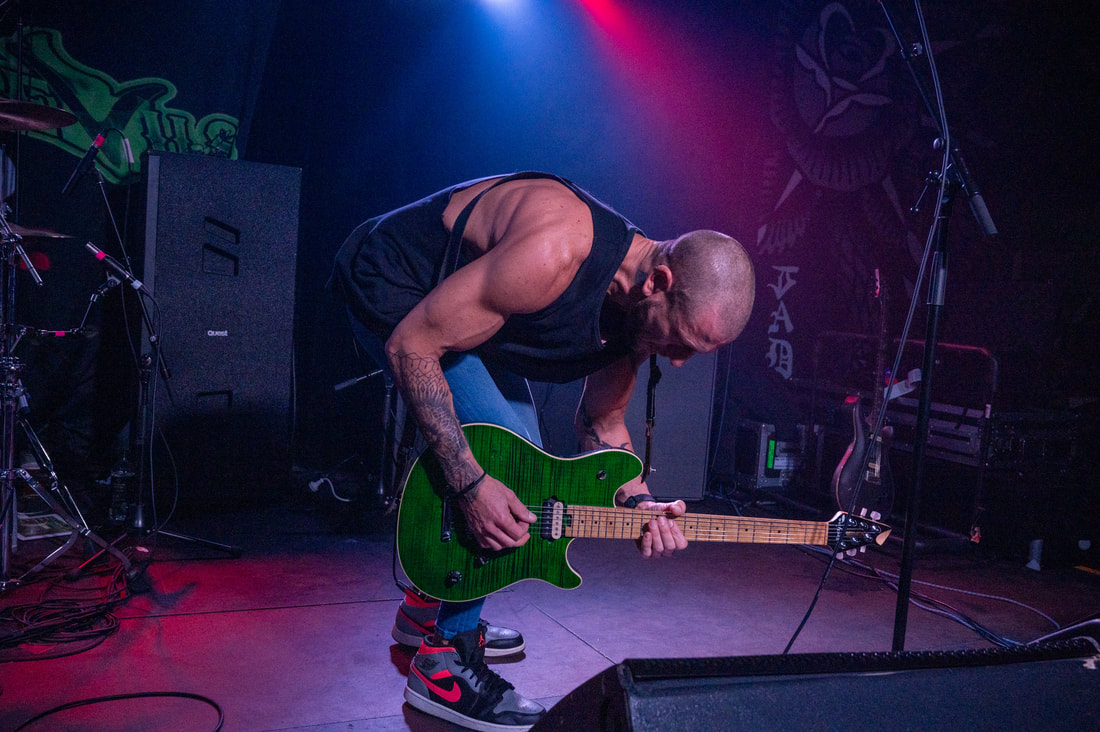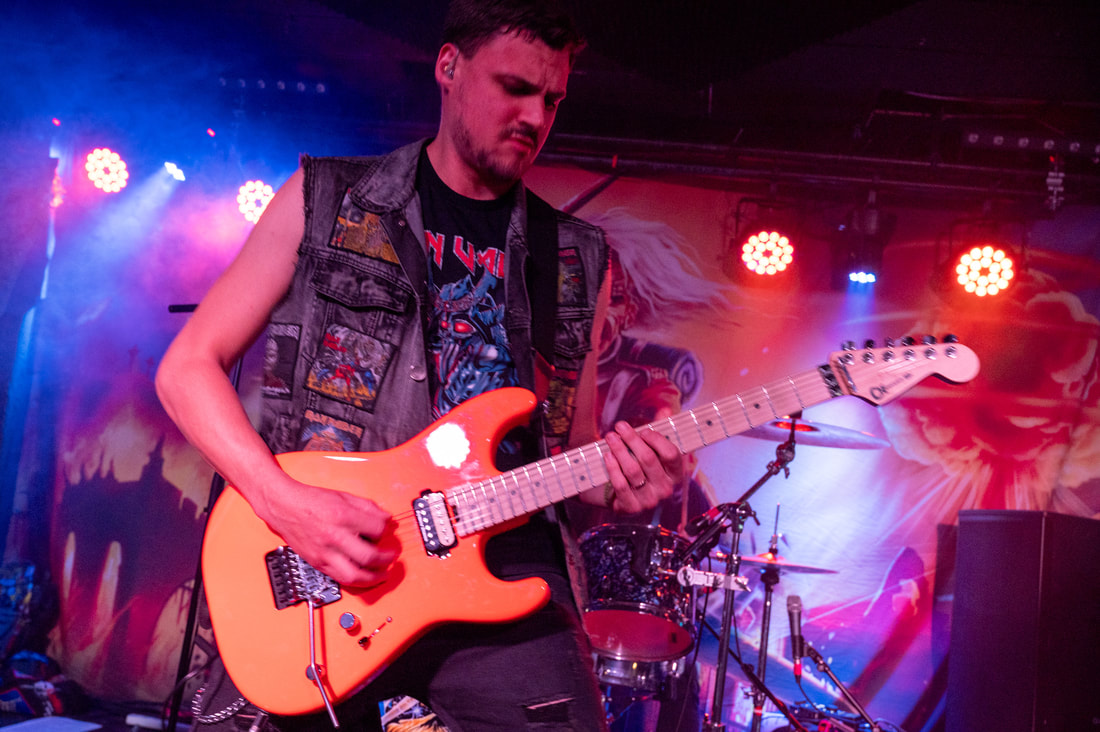 Music photography can be an exhilarating experience, but it comes with unique challenges. Whether you're shooting at intimate gigs or massive festivals, these practical tips will help you navigate common pitfalls and elevate your skills. Do’s! 1. Respect Crowd Etiquette: One of the key aspects of live music photography is working within the audience’s space. It’s essential to respect the crowd around you while capturing your shots. Keep your movements subtle, avoid obstructing people’s view for extended periods, and try to remain as unobtrusive as possible, especially during quieter moments. If you're moving through the crowd to get different angles, make sure to do so with politeness and awareness of others’ enjoyment. 2. Understand the Venue’s Lighting: Low light conditions are a standard challenge in music photography, especially in smaller venues or during atmospheric performances. To overcome this, familiarize yourself with your camera settings. Shoot in RAW format to give yourself flexibility in post-processing. Learn to adjust your ISO, aperture, and shutter speed to compensate for the low light, but avoid setting your ISO too high, as it can introduce graininess into your images. Using a fast lens (with a wide aperture, such as f/1.8 or f/2.8) can help capture more light while keeping the artist in focus. 3. Develop Relationships with Venue Staff: Building good relationships with venue staff, including security and sound engineers, is invaluable. Be friendly and respectful, and always check in with them upon arrival. They can often provide useful advice on the best spots to shoot from or lighting cues. Establishing trust with the staff ensures smooth access to certain areas and fosters long-term cooperation. It also sets the right professional tone for potential future bookings. 4. Get Familiar with the Artists: Before heading to a gig, research the band or artist. Understanding their music and style will help you anticipate key moments during the performance. Knowing when a guitarist is likely to pull off a big solo or when the vocalist tends to move dramatically can make a significant difference in your ability to capture the perfect shot. It also helps build rapport with the musicians, who will appreciate your understanding of their work. 5. Move Around for Dynamic Shots: While it’s tempting to plant yourself in one spot, moving around the venue can provide you with a variety of angles and perspectives. Experiment with wide shots to capture the entire band and crowd energy, as well as close-ups of individual performers for more intimate moments. Pay attention to how lighting hits different members of the band, as certain setups can create visually stunning images. Don’ts 1. Don’t Use Flash Without Permission Using flash during a live performance is usually frowned upon, as it can be distracting to both the performers and the audience. Some artists and venues outright ban it. Even if it’s allowed, it often disrupts the atmosphere that the stage lighting creates. Instead, use the available light creatively and rely on your camera’s sensitivity to low light. 2. Don’t Block the Stage or Audience: It can be easy to get so caught up in getting the perfect shot that you unintentionally block the stage or audience. Always be mindful of where you’re standing. Stay out of the way of the performers and avoid obstructing the view for fans who have paid to see the show. If you’re in the pit or close to the stage, try to minimize your time in any one spot, especially if you’re in front of key audience areas. 3. Don’t Forget Ear Protection: Live gigs are loud, and standing near the stage can subject you to dangerously high sound levels. Invest in a good pair of earplugs that reduce noise without muffling sound quality. Over time, consistent exposure to high-decibel levels can cause hearing damage, so ear protection is vital. 4. Don’t Neglect Post-Production: Post-processing is as important as the actual shoot. Don't rush the editing process; take time to fine-tune your images. Adjust brightness, contrast, and colour balance to bring out the best in your photos. However, avoid over-editing or adding filters that distort the authenticity of the image. Strive for natural results that capture the essence of the performance. 5. Don’t Be Afraid to Take Risks: While it’s essential to get safe, well-composed shots, some of the best music photography comes from taking creative risks. Experiment with different angles, motion blur, or silhouettes. The unique, unexpected shots are often the ones that stand out in your portfolio. By following these practical do’s and don’ts, you’ll be well on your way to capturing striking and memorable live music photos while maintaining professionalism and respect for the performers and audience alike.
0 Comments
Leave a Reply. |
AuthorI am a live music photographer, who loves travelling and taking photos of live music! Archives
March 2025
Categories |


